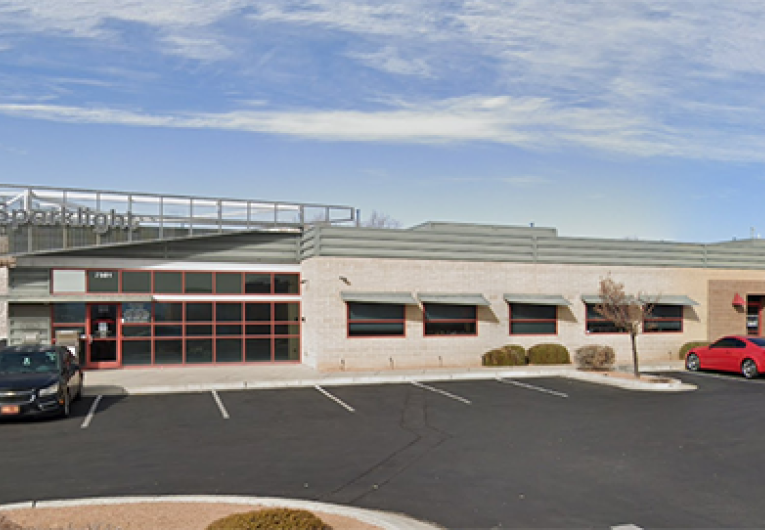
Wide Area Network - FAQs Your Questions Answered
From monitoring to communications to video conferencing, a growing portion of business activities rely on wide area networks. Wide area network solutions connect multiple devices over vast distances, yet many companies that use them do not fully understand how they work. The following guide will give you a complete overview of the nature, benefits and setup processes for wide area network services, making it easier for your company to take full advantage of these critical connections.
What is a wide area network?
A wide area network, or WAN, is a computer network that spans a broad geographical area and often includes very large numbers of devices. All of the devices that are part of a WAN can exchange the same data and access the same software over the network, rather than needing to install that software and download that data individually. A typical wide area network is composed of multiple local area networks, or LANs, which connect computers within a single location or building. The largest wide area network is the internet, which connects individual devices and LANs all over the globe.
To illustrate how a wide area network works, think about your local school district. Within a single school, all of the computers will be connected using a local area network, allowing them to share information and software that belongs to that school specifically. But there are also programs and data that all the schools in the district share. Thus, each school’s LAN is connected to a broader WAN, which makes all common software and information available to everyone in the district.
How is a wide area network set up?
Wide area networks can be set up over the internet or by installing separate infrastructures for that network specifically. Both methods seek to create a secure, fast connection between all of the devices that are involved.
To give a wide area network setup example, say that your organization chooses to create a WAN with its own separate infrastructure. This process would begin by installing a router to connect each LAN to the broader network. You would then need to bring together all of the connections on each LAN using fiber, coaxial, and cat 6 cables. By connecting all of the LANs to the router in this way, you will be able to share information quickly and securely throughout the network.
What are the advantages of a WAN?
Compared to relying exclusively on local area networks, installing a WAN allows you to:
- Integrate on a Grand Scale — WANs allow rapid, reliable communication across continents or even the globe. This allows you to do business more efficiently if your company has multiple offices separated by hundreds or thousands of miles.
- Reinforce Remote Access — With a WAN, you need not be in your physical office to access key data and software. This makes it easier for employees to work from home or while traveling.
- Low-Cost Contact — Once the requisite infrastructure is in place, is it less expensive for clients, suppliers and other third parties to connect to a WAN than to integrate with multiple LANs.
Download Infographic
Get a quick overview of wide area networks with this easy-to-read infographic from Cable ONE Business. Download here.
Talk to a Business Adviser Right Now
Cable ONE Business seeks to illuminate all your options for safe, efficient business connections. For more information on wide area network management and setup as well as other networking possibilities, contact us today.
The trends, insights, and solutions you need to grow your business.
By signing up, you’re subscribing to our monthly email newsletter, The
Wire. You may unsubscribe at any time.
Your information stays safe with us. Learn more about our privacy
policy.











![[#MSP_NAME#] Logo](/themes/sparklight_business/images/transition-logos/migration-banner-logo-[#MSP_CD#].png)
